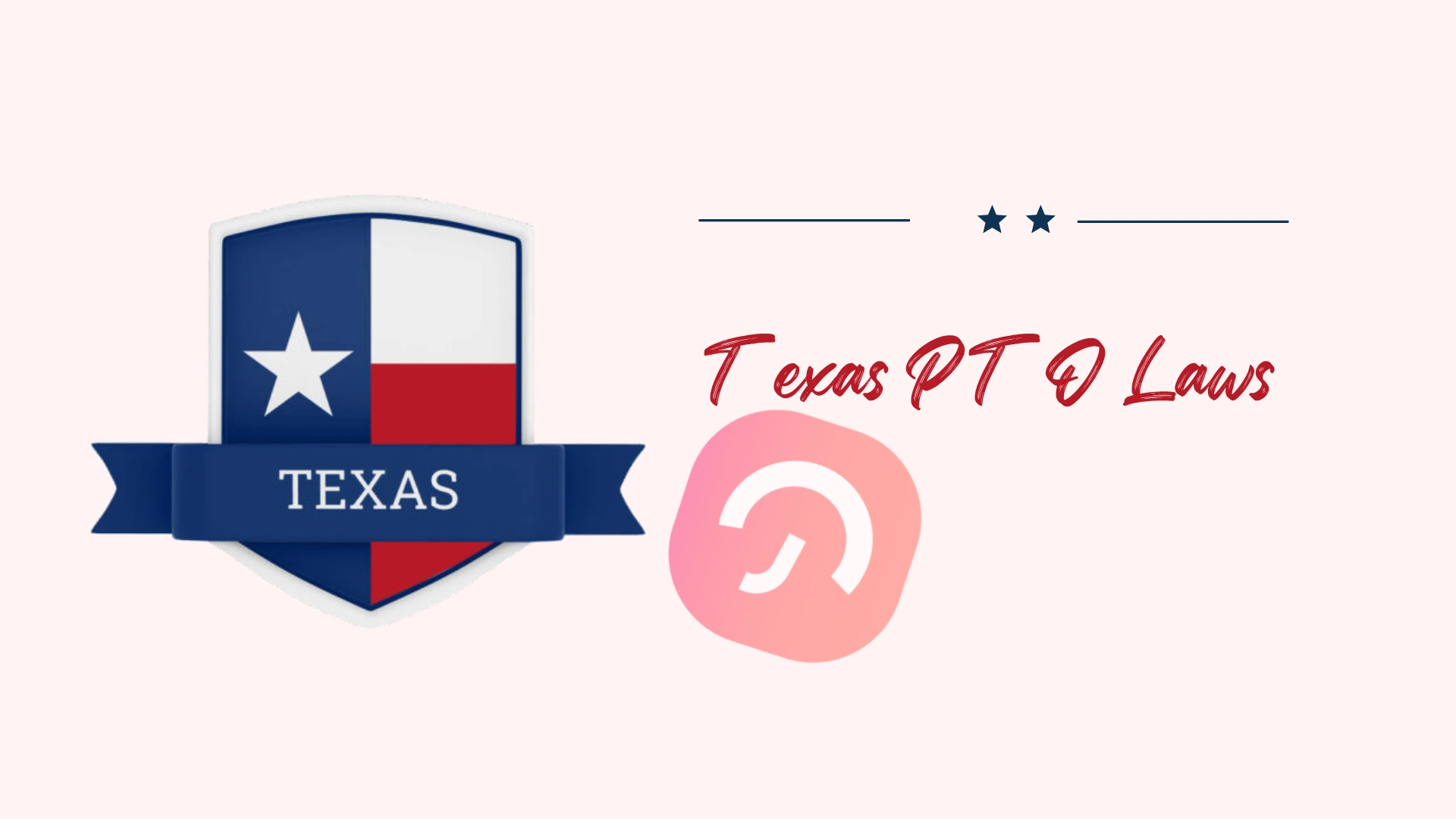Work anniversaries are a great occasion to honor the years of service of the people around you. Whether it is the 1-year or 5-year work anniversary, each milestone is important and deserves thoughtful and heartfelt messages.
Work shouldn’t be a routine that just brings you a paycheck at the end of the month. Besides loving what you do, you should also love the people around you. Employees, managers, and colleagues are the foundation of a healthy work environment. They help you achieve your goals, acquire knowledge and expertise, and grow as a person. Their work anniversaries denote loyalty, dedication, and hard work. So, acknowledge their qualities and let them know you appreciate their support. And what better way to do this than a happy work anniversary message?
5 Ideas to Celebrate Work Anniversaries
The work anniversary message you send should reflect your feelings, the relationship with the receiver, and the company’s culture. It should be thoughtful, respectful, and personalized. However, you have total freedom in choosing the content and tone of the message. Work anniversary messages fit everyone, from peers and colleagues to employees and managers. Check out these five creative ideas to write a message or letter that will reach people’s hearts and help you connect with the people around you.
Funny Happy Work Anniversary Messages
Congratulations on another year with all of us, dear [Name]! We know it isn’t easy to be around us sometimes, but no one could have done it better than you. Have a happy work anniversary day! The cake is on us!
Every workplace needs someone like you. But we don’t let you go! You are our inspiration, support, and blessing. We wish this milestone to be one of the many to come and have you with us until retirement. Have a great day at work today and the happiest work anniversary!
We are so happy that you stuck with us for [years of service]. We aren’t sure how you did it, but we are happy anyway. Please, stay with us forever, as you are our strength, binder, and inspiration. Without you, we fall apart. Literally. So have the best work anniversary and promise to celebrate the next one together!
One year has gone, and many to come! Happy anniversary, my dearest [Name], and all the blessings in the world. Thank you for giving me so much of your time and energy. I promise to be less of a burden next year. In the meantime, let’s celebrate your resilience. Happy Work Anniversary!
For he’s a jolly good fellow, for he’s a jolly good fellow… and no one can deny! Happy anniversary, my dear friend and colleague. It’s been a crazy year for sure, but nothing is too hard with you around. So thank you for your effort and dedication. Without your jokes, we would have been lost. Without your hard work, we would have been fired. Without your wisdom, we would have been meaningless. Happy Anniversary!
Professional Work Anniversary Wishes
- Dear [Employee Name], You are a valuable member of our team and contribute to the success of the company year after year. We are very happy to celebrate your [years of service] work anniversary. Thank you so much for your continuous effort. Happy anniversary!
- Dear [Employee Title, Name], On the occasion of your [years of service] work anniversary, we would like to congratulate you and wish you all the best. It is an important milestone for all of us, and we are happy to celebrate together. Happy anniversary and all the best!
- Dear [Employee Name], On the occasion of your [years of service] work anniversary, I wish you success in your career. Congratulations on another year with all of us!
- Dear [Employee Title, Name], You are an example of hard work and loyalty to all of us. After [years of service] together, you have earned our utmost respect and appreciation. We are proud to have you on our team. Happy anniversary and all our best wishes!
- Dear [Employee Name], Another year has passed, and once again, we proudly celebrate one of our best employees. You are inspiring, committed, and hardworking. You are an example for your colleagues and managers. We couldn’t have wished for a better employee. Happy Work Anniversary and our best wishes for the future!
For Employees
Celebrating 1 Year
Congratulations on your first year with us! Your enthusiasm and hard work have made a significant impact. Here’s to many more successful years together!
Marking 2 Years
Two years of excellence! Your dedication and contributions continue to inspire us all. Happy work anniversary!
3-Year Milestone
Happy 3rd work anniversary! Your innovative ideas and tireless effort have been invaluable. We’re lucky to have you on our team.
Half a Decade of Success
Five years already? Time flies when you’re making a difference! Thank you for your unwavering commitment and outstanding work. Happy anniversary!
10 Years of Dedication
A decade of excellence! Your hard work and loyalty are truly appreciated. Here’s to celebrating many more milestones together. Happy work anniversary!
15 Years Together
Fifteen years of dedication, creativity, and hard work! Your journey with us has been remarkable. Happy work anniversary!
20 Years of Service
Two decades of outstanding service! Your experience and commitment are a testament to your exceptional work ethic. Happy 20th work anniversary!
25 Years and Counting
Happy 25th work anniversary! Your passion and dedication over the years have been inspiring. Thank you for being such a vital part of our team.
30 Years of Excellence
Thirty years of continuous contribution! Your dedication and hard work have been a cornerstone of our success. Happy work anniversary!
A Lifetime of Service
Happy work anniversary to a truly remarkable employee! Your lifetime of service is an inspiration to us all. Thank you for everything you do.
Work Anniversary Messages for Your Boss
- Happy Work Anniversary and thank you for all your support and care. You are more than a manager; you are a true leader. May the years ahead of you bring prosperity, success, and growth. We are proud to be your team.
- Congratulations on completing another year of hard work and achievement messages . You are an inspiration to us all. Every team should have a leader like you. We wish you all the best and many more years with the company. Happy Work Anniversary!
- Dear [Sir/Madam], Please receive our congratulations on completing another year of success and achieving goals in this organization. You bring so much to this company, and we are grateful to have a manager and colleague like you. You inspire us to be better people and employees. We wish you a happy work anniversary, [team/department].
- On behalf of our [team/department], we would like to congratulate you on your work anniversary. You demonstrate dedication, passion, and loyalty by devoting [years of service] to this company. You are a valuable member of our community and a fantastic leader. We wish you all the best and success in the years to come.
- Congratulations on all of your hard work and dedication over the years. You are a pillar of our organization, a great leader, and a supportive colleague. It is an honor to be part of your team. Happy Work Anniversary!
Work Anniversary Wishes for Friends and Colleagues
- Dear colleague and friend, I am blessed to work by your side for such a long time. You are a source of inspiration and positivity, a committed person, and a good friend. You are always willing to help everyone and have a good word whenever needed. Thank you for investing so much time in this team. Happy Work Anniversary and all the best!
- Congratulations on completing your [years of service] anniversary with us. I am fortunate to have you by my side. Working hours fly by when you are here. I wish you all the best in the years to come. Good luck and have the happiest work anniversary!
- Dear [Name], Congratulations on completing another year of work successfully. I have known you for a long time, and I’m happy to be your friend and colleague. Knowing you has opened my eyes and helped me grow and prosper. I’m grateful for all your kind words and support. Have a great work anniversary and a fantastic year to come!
- My dearest [Name], I don’t have enough words to tell you how much I appreciate your friendship. You’ve been with this company for [years of service], and I shared with you part of them. It’s an important milestone, and I wish you all the best. Continue to grow and become the best version of yourself. Happy Work Anniversary!
- Dear [Name], You deserve an award for your dedication and hard work. As your colleague and friend, I wish you all the best and more. In my heart, you get all the awards in the world. Thank you for being part of my life. I couldn’t have wished for a better colleague. Happy Work Anniversary!
Bonus: How to Keep Track of Employees’ Work Anniversaries
If you struggle to keep track of employees’ work anniversaries, some tools may help you. For example, you may use an employee work anniversary report and get a notification with the employees’ anniversaries when they happen directly within your Google/Apple/Outlook calendar. Or you may use dedicated Cloud HR software that stores employee data and sends notifications when an anniversary is about to occur. You’ll never miss a milestone, and your employees will receive your best wishes in time.
Sending work anniversary emails to employees and colleagues should become a routine. It’s your opportunity to be more than a boss, HR expert, or team member. You can be warm and appreciative, send all your best, and create a pleasant and happy work environment.
Conclusion
Work anniversaries are a time to celebrate achievements and express gratitude. Whether it’s an employee, manager, or colleague, a thoughtful message can go a long way in recognizing their contributions and strengthening workplace relationships. Use these messages as inspiration to show your appreciation and make their work anniversary memorable.














